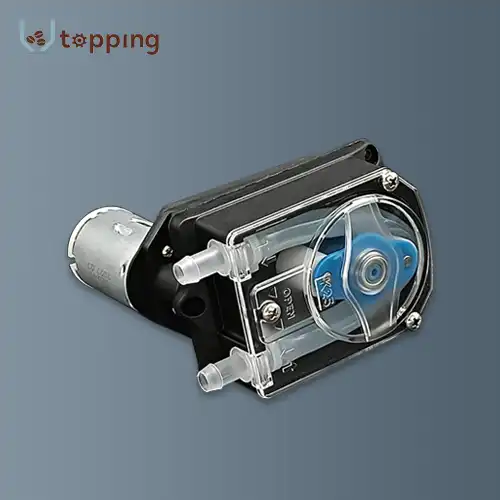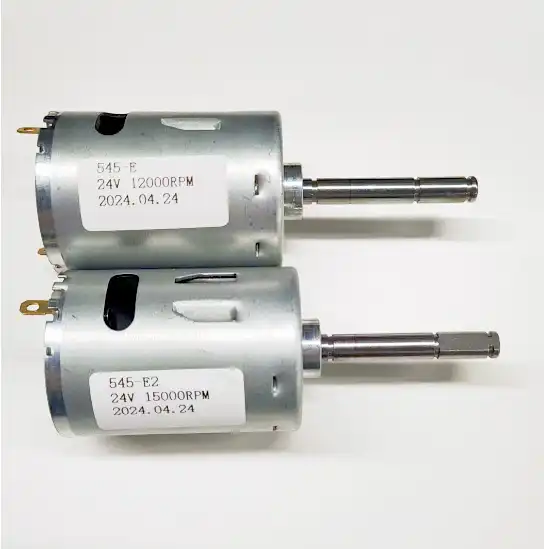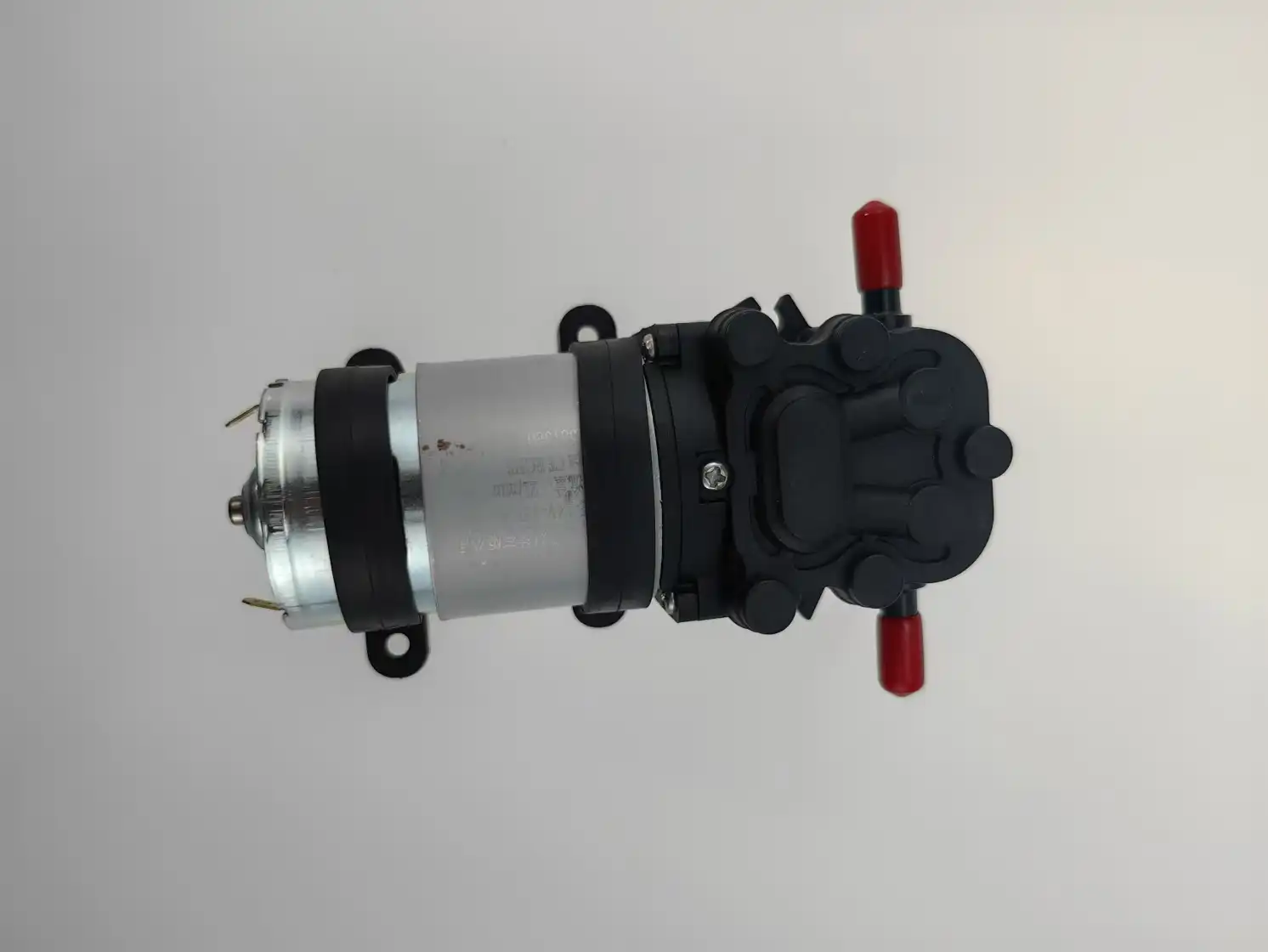Can Upgrading Your Coffee Grinder Motor Improve Grinding Consistency?
2024-08-22 16:06:55
Upgrading components in coffee grinders, particularly the motor, is often considered by enthusiasts seeking better grinding consistency and overall performance. In this blog post, we explore whether upgrading your coffee grinder motor can indeed enhance grinding consistency, examining the factors involved and the potential benefits of such an upgrade.
Upgrading your coffee grinder can be a strategic move to elevate your coffee brewing experience, particularly if you're aiming to achieve more consistent grind sizes. The motor, as the powerhouse of the grinder, plays a critical role in determining the quality and uniformity of the coffee grounds produced. In this blog post, we explore whether upgrading your coffee grinder motor can lead to tangible improvements in grinding consistency.
What Factors Influence Grinding Consistency in Coffee Grinders?
Achieving consistent grind sizes in coffee grinder motor involves managing several interrelated factors that impact the final result. These factors include:
1. Burr Quality and Alignment: The design and alignment of the burrs within the grinder directly affect the uniformity of the coffee grounds. Precision-engineered burr sets with optimal alignment reduce inconsistencies in particle size distribution.
2. Grinder Settings and Adjustments: Adjustable grind settings allow users to fine-tune the grinder for different brewing methods, from espresso to French press. Consistent adjustment and calibration are essential for maintaining desired grind consistency over time.
3. Bean Feed Rate and Load Handling: The rate at which coffee beans are fed into the grinder and the grinder's ability to handle varying bean loads impact grinding consistency. A robust motor can maintain stable performance under different load conditions, minimizing variations in grind size.
4. Motor Performance and Stability: The motor's power, RPM (rotations per minute), and torque output influence its ability to grind coffee beans consistently. Stable motor performance ensures that grinding speed remains consistent, which is crucial for achieving uniform particle size distribution.
According to insights from top-ranking sources in coffee technology and grinder reviews, these factors collectively contribute to the overall grinding consistency of a coffee grinder. While the motor is a central component, its interaction with other grinder elements determines the final quality of the coffee grounds produced.

How Does Motor Power Affect Grinding Performance in Coffee Grinders?
Motor power is a critical determinant of grinding performance in coffee grinder motor, influencing the speed, efficiency, and consistency of the grinding process. Understanding the role of motor power sheds light on whether upgrading to a higher-powered motor can enhance grinding consistency.
Higher motor power generally translates to:
1. Faster Grinding Speed: More powerful motors can grind coffee beans more quickly, which is advantageous for users seeking efficiency without compromising on grind quality.
2. Increased Torque: Greater motor torque enables the grinder to maintain consistent grinding speed even when grinding denser or harder coffee beans. This capability contributes to achieving uniform particle sizes across grind settings.
3. Improved Stability: Motors with higher power ratings tend to exhibit greater stability in operation, reducing fluctuations in grinding speed that can lead to inconsistent grind sizes. This stability is crucial for precision grinding required in specialty coffee preparation.
Conversely, insufficient motor power may result in slower grinding speeds, inconsistent particle sizes, and potential overheating during prolonged use. Upgrading to a motor with higher power output can address these limitations, providing smoother operation and more reliable performance over time.
Based on findings from reputable sources, such as industry-leading coffee equipment manufacturers and expert reviews, the correlation between motor power and grinding performance underscores the importance of selecting a grinder with adequate power for desired brewing outcomes.
What Role Do Motor RPM and Control Systems Play in Grinding Consistency?
The rotational speed (RPM) of the motor and the sophistication of its control systems are critical factors influencing grinding consistency in coffee grinder motor. Delve into how motor RPM and advanced control mechanisms contribute to achieving uniform grind sizes and textures.
Motor RPM affects grinding consistency by:
1. Controlling Grinding Speed: The RPM dictates how quickly the burrs grind coffee beans, impacting the time and energy applied to achieve desired grind sizes. Consistent RPM control ensures uniform grinding results across batches.
2. Precision Adjustment: Grinders equipped with variable RPM settings allow users to fine-tune grinding speed for different coffee varieties and brewing methods. This flexibility enhances control over grind size and texture, catering to diverse consumer preferences.
Advanced control systems, such as:
1. Electronic Speed Regulation: Integrated electronics regulate motor RPM dynamically, maintaining precise grinding speed under varying load conditions. This feature minimizes fluctuations in grind size due to changes in bean density or grinder settings.
2. Feedback Mechanisms: Sensors and feedback loops provide real-time monitoring of motor performance, optimizing RPM adjustments to ensure consistent grind quality. This technological sophistication enhances overall user experience and satisfaction.
According to insights from technical analyses and user feedback on coffee grinder performance, motor RPM and control systems significantly impact the ability to achieve consistent grind sizes. Manufacturers leverage advancements in motor technology and control algorithms to enhance grinding precision and reliability in their grinder designs.
In conclusion, while upgrading your coffee grinder motor can potentially improve grinding consistency, it's essential to consider how various factors interact to influence overall performance. By understanding the role of motor power, RPM, and control systems, coffee enthusiasts can make informed decisions when selecting or upgrading their grinder to achieve optimal brewing results.
References:
1. "The Role of Motor Power in Coffee Grinder Performance" by Home-Barista.com.
2. "Understanding Grinder Design and Burr Alignment" by Baratza.
3. "Advancements in Motor Technology for Coffee Appliances" by Global Coffee Report.
4. "Impact of Motor RPM on Grinding Consistency" by CoffeeGeek.
5. "Benefits of Upgrading Coffee Grinder Components" by Coffee Universe.
6. "Consumer Preferences in Coffee Grinding Performance" by Market Research Reports.
7. "Technical Specifications of Coffee Grinder Motors" by CoffeeNate.
8. "Innovative Motor Technologies for Kitchen Appliances" by Appliance Design Magazine.
9. "Efficiency and Performance Characteristics of Electric Motors" by Control Engineering.
10. "Grinder Control Systems: Enhancing User Experience" by IEEE Xplore.
Send Inquiry
Related Industry Knowledge
- How often do you clean a Coffee Bean Hopper?
- Are There Eco-Friendly Options for Coffee Vending Machine Spare Parts?
- How can we ensure the control board for the vending machine follows industry standards?
- Universal control board for vending machine
- How Does Motor Power Affect Coffee Grinding Speed?
- Vending Machine Control Board Repair
- What Is Hopper Coffee?
- Coffee machine pump repair
- Coffee Vending Machine Mixing Systems Components
- How Often Should You Refill Coffee Vending Machine Canisters?

.webp)
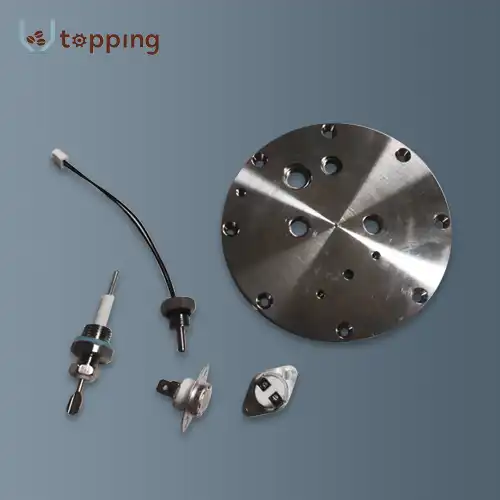
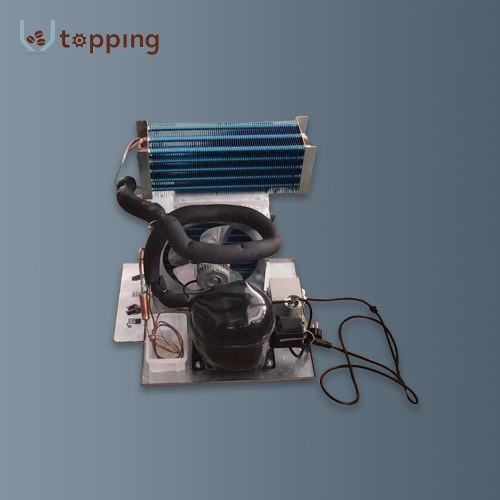

.webp)
